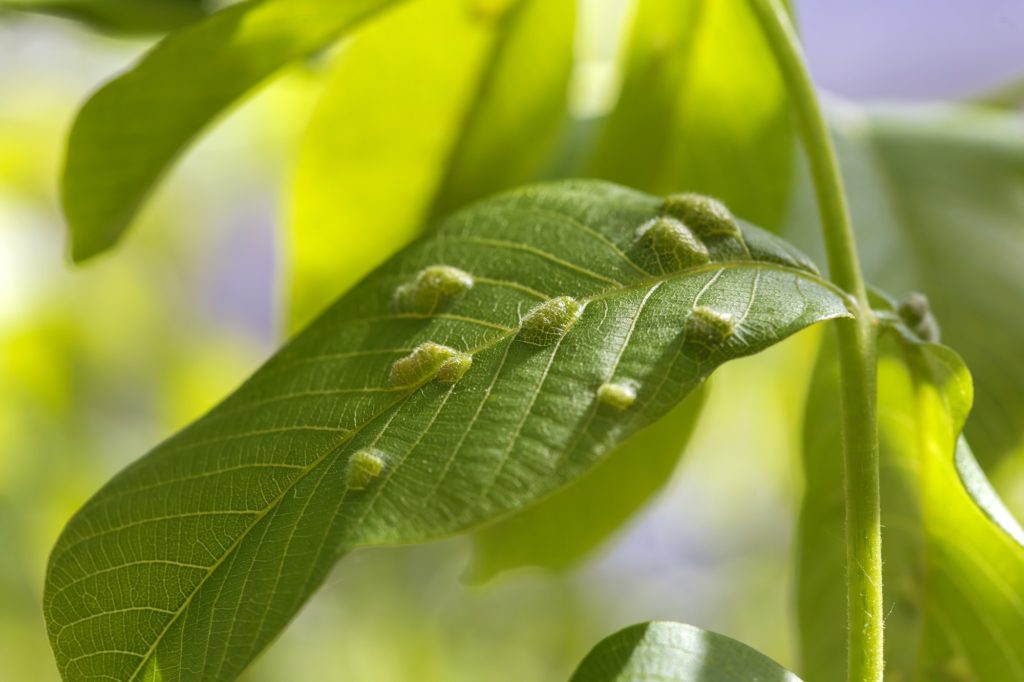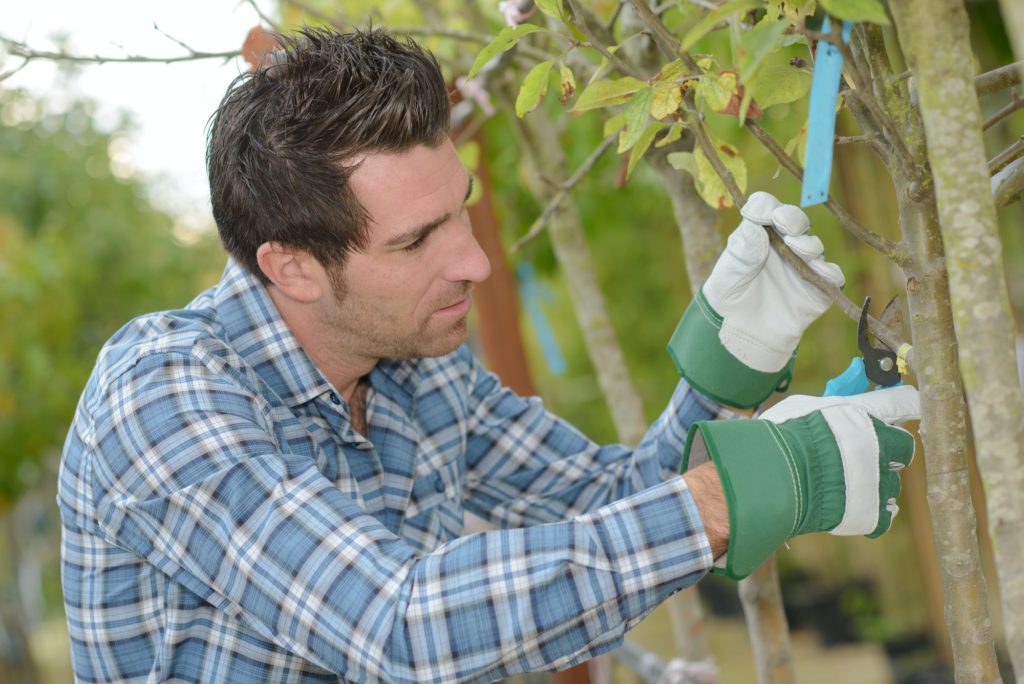This post is a guest submission. Please see our Disclaimer, Disclosures, & Affiliate Notice for details.
It happens. Trees die unexpectedly and leave landowners wondering what they did wrong. You’ve watered it correctly and laid mulch around it like you were supposed to, but it still didn’t survive. It might even have been healthy and blooming just a few months ago, but now it’s beyond being saved.
At Mr. Tree, we’ve seen a lot of trees that have died unexpectedly. Many customers have asked us, “Why did my tree die?” And the answer isn’t always as simple as the question. There could be any number of reasons why your specific tree didn’t survive. Some of those reasons are caused by the owner, and some are caused by the environment your trees are living in. Each case is specific, but we may have a few explanations that make sense for your tree.
So Why Did My Tree Die?
When it comes to answering the question of why did your tree die, you should ask yourself a few other questions first, such as, “Did you notice any negative symptoms before it died?” and “How long have those symptoms been occurring?” Then we can determine a few possible causes for why your tree died and how likely (or unlikely) it is that your other trees will follow in its footsteps.

Your Tree Could Have Been Diseased
Just like people, trees are also prone to getting sick. There are many diseases that affect trees, and the good news is, you might be able to spot them beforehand. If your pine tree is displaying yellowing needles or defoliation, for example, this could be caused by a fungal disease called Dothistroma needle blight. Other symptoms of disease in your tree could be fungus growth, bark peeling back, or lack of foliage. If your tree was showing some of these symptoms before it died, disease could be the culprit.
There are a few ways your other trees could be at risk for disease as well. Disease can spread naturally through the soil or groundwater but also through human error. Disease can also be spread through open wounds—where the disease is transferred through unclean pruning scissors. Using pruning scissors on a diseased tree and then using them on a healthy tree could potentially transfer the disease. If one tree was diseased, you’ll likely want to keep a close eye on the other ones for a while, just in case it actually was transferred.
The Environment Might Have Killed Your Tree
Has the weather been particularly harsh lately? According to Oregon State University, “If you are noticing individual dead or dying trees, or patches of trees that all died in the same year, the problem is most likely drought and/or heat-related.”
Having an adequate amount of moisture is crucial to the health of trees, and in drought conditions, there isn’t enough water to sustain them. This is also relevant in areas that are experiencing excessive heat. Despite your best watering efforts, when it’s too hot for a tree, it’s unable to cool its leaves, which results in early leaf loss, susceptibility to disease, and sometimes death.
When your area is experiencing drought-like conditions or excessive heat, the tree that died is likely not the only one being affected. It’s likely that other trees around it are showing symptoms too and are equally at risk.
Have You Been Pruning the Trees Yourself?
When a tree is growing in an unattractive way, it’s tempting to cut the branches yourself. Light pruning here and there is okay, so long as you’re cutting the branches correctly and in the right season. Making a cut that’s too big can leave an open wound, which makes it more susceptible to harmful insects and disease. Also, if you’re pruning a lot on your own in the wrong season, this could also cause your tree to die. Pruning is best done in dormant seasons, like mid-winter or early spring. When it comes to pruning, especially larger branches, it’s best to contact a professional arborist.

If you only over-pruned one tree, and the others appear to be healthy, then they shouldn’t be at any more risk of dying than normal. The same goes for the seasons. If you know you were pruning at a time you shouldn’t have been, and only that one problem tree was the victim, then that tree alone will suffer the consequences. If you aren’t sure if you’re pruning correctly or at the right time for your tree, call a local arborist.
Too Much Mulching Can Kill a Tree
Do you do your own mulching? Many tree owners do because it can greatly benefit your trees. With proper mulching, your tree will be protected from losing much of its moisture to evaporation, which can decrease the need to water the tree often. But mulching too close to the tree can have negative consequences and even lead to its death.
It’s recommended you mulch 4–6 inches away from the tree trunk, and the mulch should go only about 2–4 inches deep. Putting mulch too close to the tree trunk or having too much mulch on top of the roots can actually suffocate the tree’s roots. If your tree has died and you notice that you’ve mulched incorrectly, or have been doing so for a while, it could be the reason why.
Have you been over-mulching all of your trees? If so, they could also be at risk of suffering due to a lack of oxygen. Look for symptoms in your other trees: off-colored leaves, smaller leaves, or a lack of leaves during a time where they should still be there. Be mindful of these symptoms and mulch correctly in the future to give your remaining trees the best chance.
Final Thoughts
You can’t bring a dead tree back to life, but you can educate yourself to figure out why it happened. This will help you take better care of the trees you have left. When you’re ready to take the next step and remove the dead tree, make sure to contact a local arborist such as Mr. Tree. Along with tree removal, we’re able to service your other trees when it comes to pruning and tree trimming, as well as tree shaping and stump grinding. When it comes to tree health, you’re going to want to team up with Mr. Tree.

